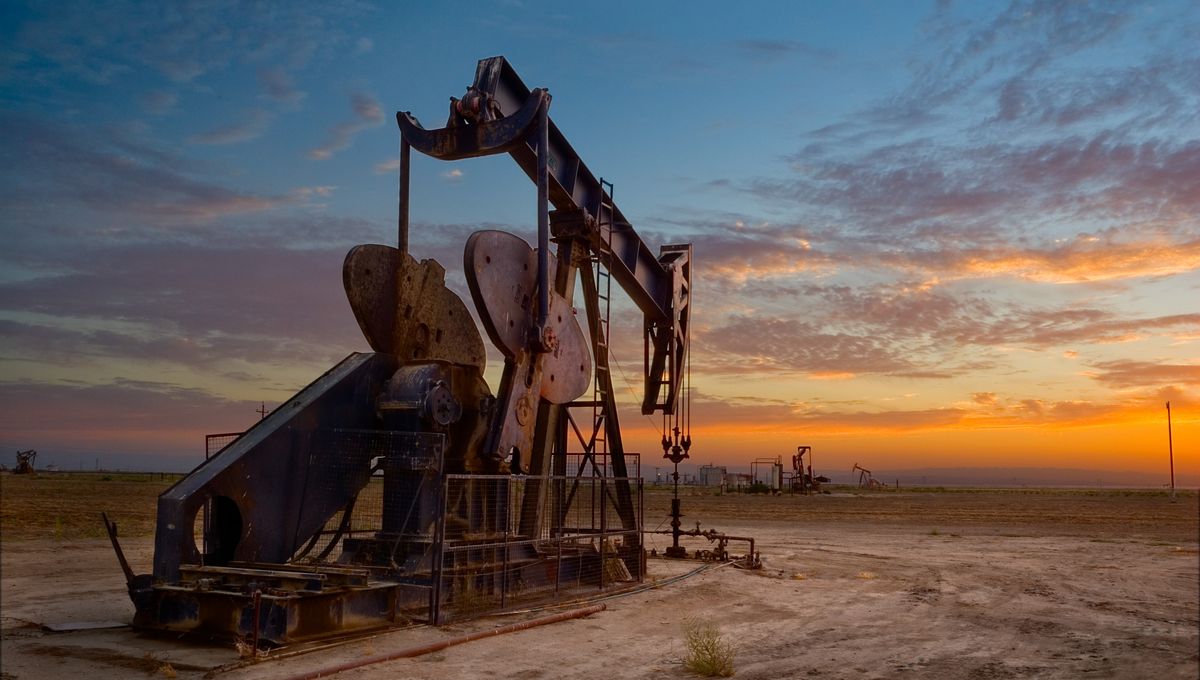
After receiving the thumbs up from regulators, California is set to build its first carbon capture plant with a project that aims to suck up CO2 and inject it deep underground where it can’t meddle with Earth’s climate.
Last week, the Kern County Board of Supervisors approved a permit for the California Resources Corp (CRC) to construct a carbon capture and storage facility at the Elk Hills Oil Field in the San Joaquin Valley, California.
The plan is to effectively capture CO2 emitted from industrial sources and pump it into the depleted oil reservoirs found deep beneath Kern County. With the aim of making Elk Hills Field “one of the premier CO2 sequestration sites in the US,” the CRC estimates it will be capable of receiving over 1 million tonnes of CO2 each year, equivalent to the annual emissions of around 200,000 cars.
In total, it has the potential to store up to 46 million tonnes of CO2.
“This is a significant step forward for Kern County and CRC in supporting energy transition in California. We believe that carbon capture technology will lead to the creation of new energy jobs and improve air quality in Kern County,” Francisco Leon, President and Chief Executive Officer of CRC, said in a statement.
California has set the goal of being carbon neutral by 2045 – although that doesn’t mean they’ll stop pumping oil. Along with transitioning some parts of energy production to renewables, part of the state’s plans will use carbon capture and storage to offset the use of fossil fuels.
Carbon capture is a contentious topic. Its advocates claim it could be a useful tool to wean the world away from oil and gas, plus it might be the only realistic way to achieve net-zero emissions in a few decades. Meanwhile, critics argue that it’s unproven, unsafe, costly, and ultimately allows the fossil fuels industry to continue unaccountable.
Given the risks, some local groups in Kern Country have launched opposition to the new project. As reported by Inside Climate News and KVPR, nearby towns have expressed fears that the carbon could leak to the surface where it would act as an asphyxiant gas. Furthermore, some geophysicists have also raised concerns that the injection of gas into bedrock could even induce earthquakes through “induced seismicity.”
“Kern must prioritize other direct emission reduction strategies instead of CCS [carbon capture and storage]. It’s an unproven gamble with a long history of worsening air pollution and threatening public health and safety,” Natalia Ospina, legal director for the Center on Race, Poverty, & the Environment, told the Los Angeles Times.
“Overburdened communities in Kern County should not be the guinea pigs for this technology,” said Ospina.
For their part, the CRC told the media outlets that the Kern County Planning and Natural Resources Department has written an extensive report to evaluate all the potential risks involved. They also claim that the technology, although novel to California, has been safely operated in other parts of the world for decades.
Source Link: California's First Carbon Capture Plant Gets Greenlit, Set To Absorb 46 Million Tonnes Of CO2